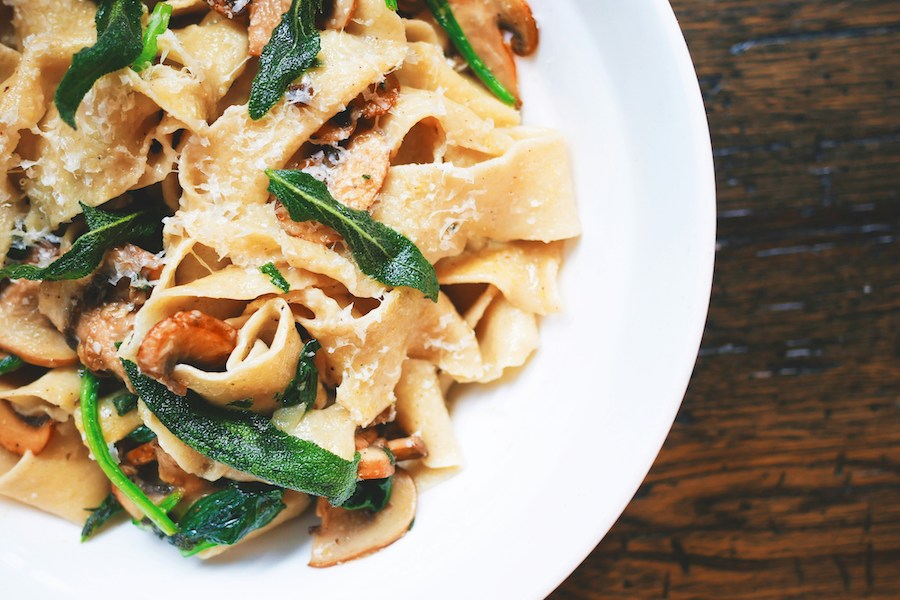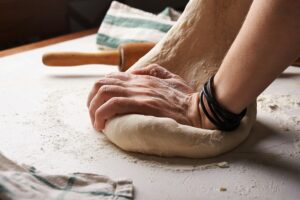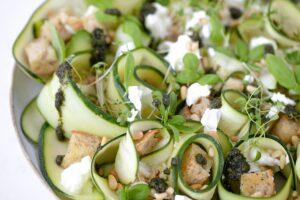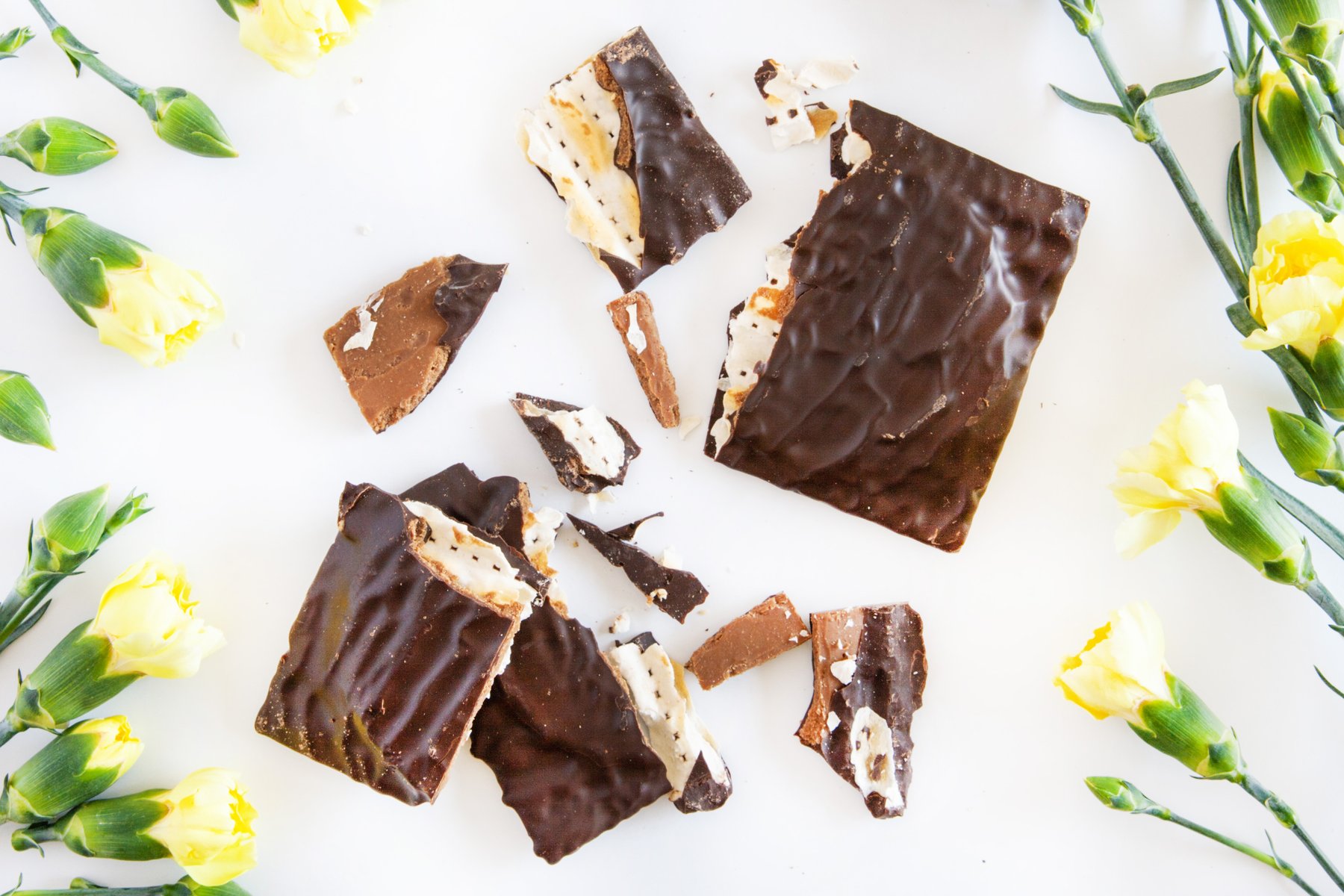My cutting boards are in constant use so of course I’m obsessed with finding the best ways to disinfect said cutting boards. Whether it’s prepping chicken or chopping fresh produce, I know there are plenty of germs (hello, E. coli!) lurking in my kitchen – and these invisible little buggers are just waiting to jump onto my cutting board. Which is why it’s so important to know the best ways to clean, disinfect, and take care of your cutting boards.
While we all probably wash our boards with hot soapy water after each use (right??), the truth is, more is needed to truly disinfect them.
So here are the three best — and safest — ways to disinfect cutting boards, no matter what kind you own.

Related: The only 3 way to clean reusable water bottles if you want to kill those germs.
The 3 best ways to disinfect cutting boards:
1. Use full-strength white vinegar
This is a great first, easy method. White vinegar acts as a natural disinfectant; the acetic acid in it can kill certain bacteria and viruses. So you can disinfect your cutting board by spritzing with white vinegar (not balsamic, ha) all over the surface, and let sit for a couple minutes. Then wash with dish soap and dry.
This is also a great option if you’re looking to eliminate odors and stains. But if you’ve been using your board a lot – especially with raw meats – and you’re looking for a more powerful cleaning, the other options may be better for you.
2. Use hydrogen peroxide
For an even stronger cutting board disinfectant, use a 3% hydrogen-peroxide solution. I find it easiest to pour some into a bowl, then using a clean sponge soaked in the solution, wipe the entire board down including the front, back and sides.
If the board seems wet, wipe off any excess moisture with a clean towel and let air dry before using.
3. Use bleach — with caveats
I personally get a little skeeved out thinking of bleach near my food prep surfaces. But I know a lot of food professionals who advise this deep-cleaning method. Dilute 1 tablespoon unscented bleach with 1 gallon of water. Sponge the solution all over the board, rinse with hot water and let air dry.
Related: Why you need to stop cleaning your kitchen sponges right now.
6 tips to keeping your cutting boards sanitary:
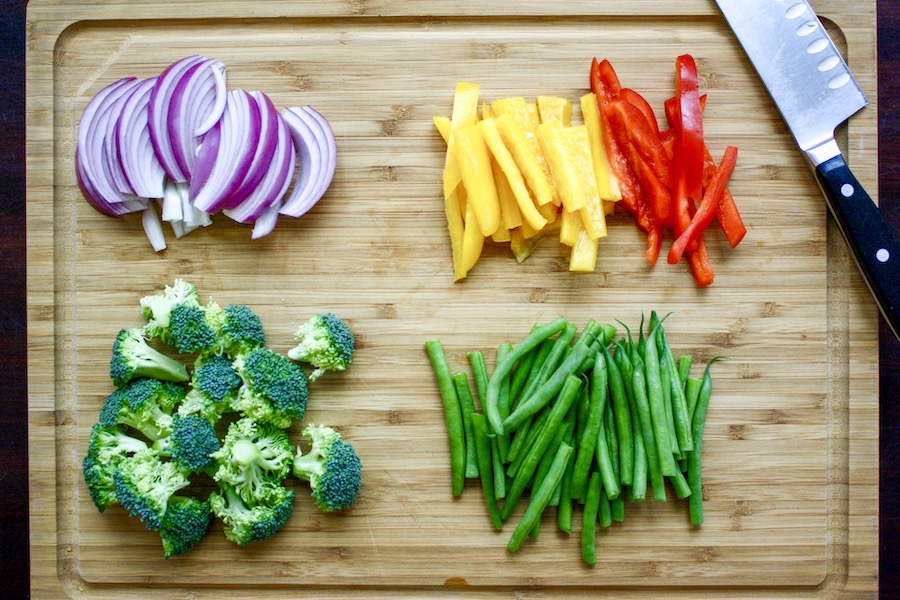
1. Keep at least two cutting boards to avoid cross-contamination
Use one for raw meats and one for everything else. I have a set of small BPA-free plastic cutting boards that I use for raw meat and seafood. I like that the set is affordable and I can throw them in the dishwasher after using. However, I recently noticed how many knife marks were present on my boards. The scarred plastic surface not only harbors bacteria, but it also makes me wonder about tiny shards of plastic that may be loose. Ewww. Time for new ones.
2. Add a protective food-safe mineral oil on wooden cutting boards.
This simple step not only increases board longevity, it also helps seal the surface so harmful bacteria doesn’t enter the little cracks. If you frequently use a wooden or bamboo cutting board, definitely read Caroline’s post on 3 simple steps to care for your wooden board so they last longer, including this one.
4. Hand wash your wooden cutting boards.
Never put a wooden board (or spoon, for that matter) in the dishwasher, or even let it soak under water for a long time – the water and heat will cause the wood to warp and split. And cracks in the wood let in (you guessed it) bacteria.
5. Dry your boards thoroughly after washing.
Once again, bacteria loves and thrives in any type of moisture so giving them a quick wipe dry is a great idea.
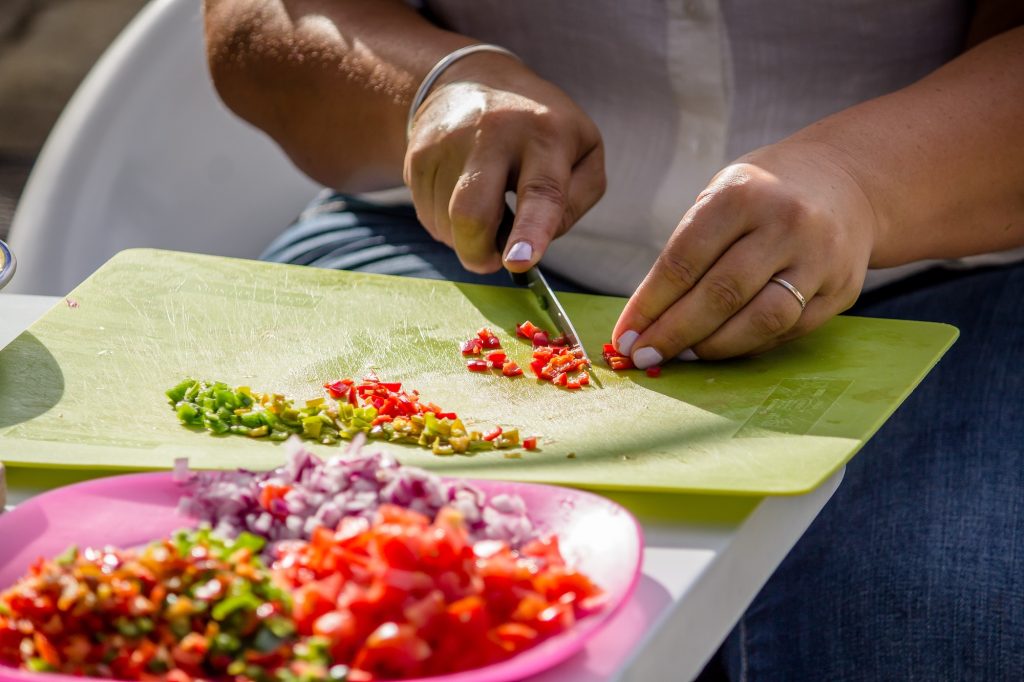
Bonnie Kittle for Unsplash
6. Don’t be afraid to replace your boards.
No matter what type of board you have, if it is showing signs of serious wear and tear – big cracks, nicks or other scratches – it’s time to replace it. (Note to self!) The idea of an heirloom cutting board may seem sweet, but then hang it on your kitchen wall as decor, and use one in newer, better shape when it comes to chopping food.
Top photo: © Jane Sweeney for Cool Mom Eats

